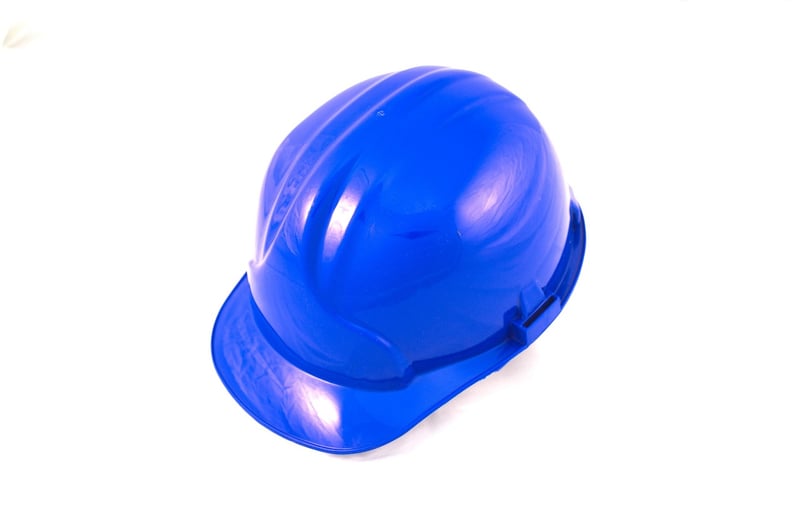Safety Guidelines
Common Inquiries about Safety Guidelines
Introduction
Ensuring safety is paramount in all aspects of life, whether at home, work, or in public spaces. Understanding and following safety guidelines are crucial for preventing accidents and promoting well-being. Here are some common inquiries about safety guidelines along with important information to enhance your safety awareness.
Frequently Asked Questions
1. Why are safety guidelines important?
Safety guidelines serve as a set of rules and recommendations designed to prevent accidents, injuries, and hazards. By following these guidelines, individuals can protect themselves and others from potential harm.
2. Where can I find safety guidelines relevant to my industry?
Safety guidelines specific to your industry can often be found on official websites, regulatory bodies, or occupational safety and health administrations. Employers are also responsible for providing employees with access to relevant safety protocols.
3. How often should safety guidelines be reviewed and updated?
Safety guidelines should be reviewed regularly, especially when there are changes in work processes, equipment, or regulations. Updates should be made promptly to ensure that the guidelines remain effective and reflect current best practices.
Safety Guidelines
1. Personal Protective Equipment (PPE)
Wearing appropriate PPE, such as helmets, gloves, goggles, and masks, can significantly reduce the risk of injury or exposure to hazardous substances. Make sure to use PPE as instructed and replace any damaged equipment promptly.
2. Emergency Procedures
Familiarize yourself with emergency procedures, including evacuation routes, assembly points, and emergency contacts. Regular drills and training sessions can help ensure that everyone knows what to do in case of an emergency.
3. Fire Safety
Keep fire extinguishers in accessible locations, ensure that smoke alarms are working correctly, and practice fire drills regularly. Knowing how to respond to a fire emergency can save lives and prevent property damage.
Safety First!
Remember, safety is everyone's responsibility. By staying informed, following safety guidelines, and being proactive in identifying and addressing potential risks, you can contribute to a safer environment for yourself and those around you.

